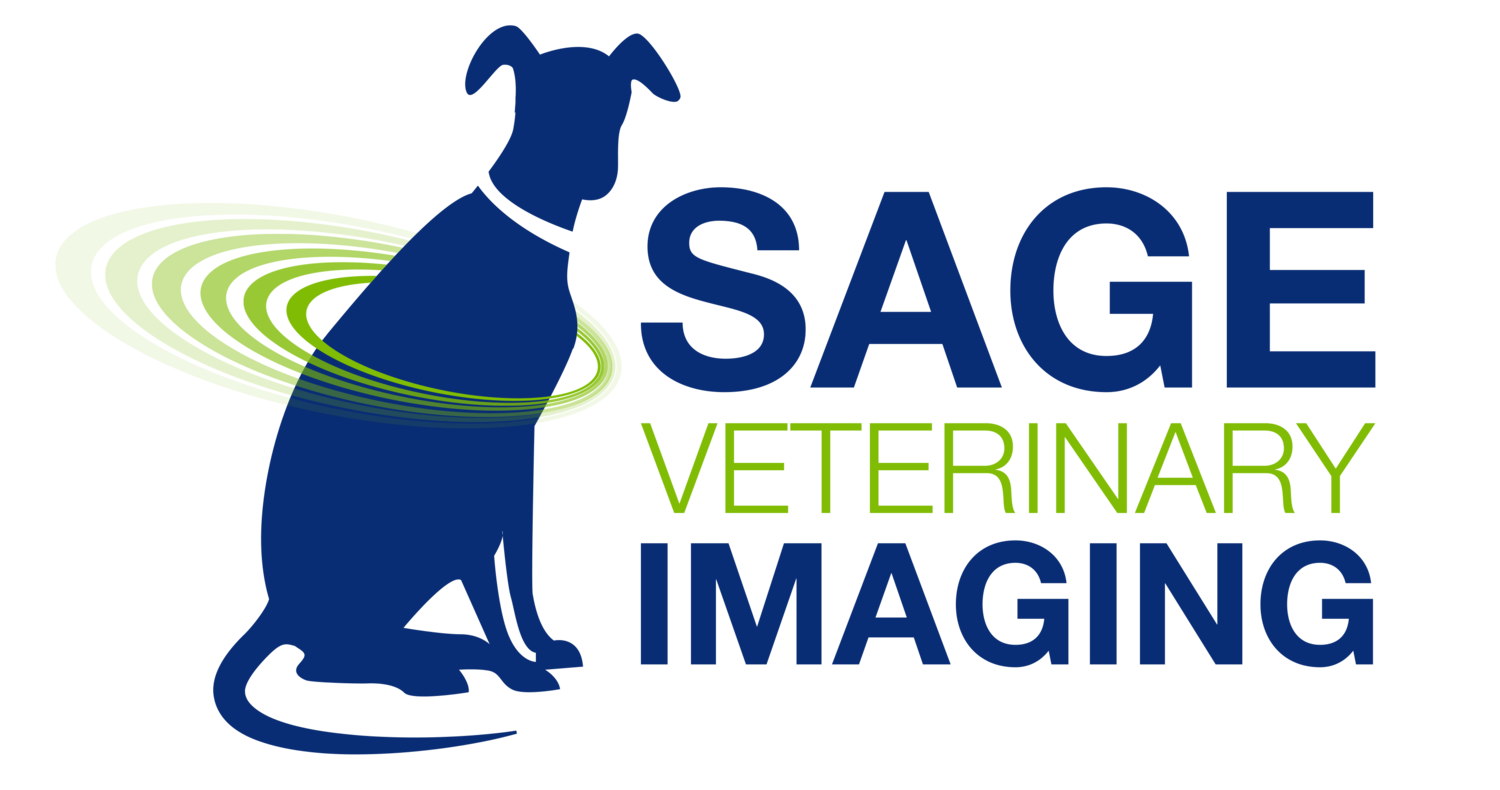FAQ: Is an ultrasound better than X-rays for my pet?
An ultrasound may be recommended after X-rays if there is something abnormal that shows up. Photo Credit.
Ultrasound and X-rays are both valuable diagnostic tools—they just reveal different types of information.
Most pets start with X-rays (radiographs) at their primary veterinarian’s office. X-rays provide a broad overview and are often used as a screening tool to detect changes in bones, gas patterns, or major organs within the chest or abdomen.
If an X-ray shows something unusual, your veterinarian may recommend an ultrasound for a closer look. Ultrasound uses sound waves instead of radiation to create real-time images of individual organs, helping doctors examine soft tissues like the liver, spleen, kidneys, and gallbladder in greater detail.
In many cases, the two imaging methods work together—X-rays to see the big picture, and ultrasound to study the finer details that lead to an accurate diagnosis.

